
When I was studying to earn a postgraduate diploma in photographyat Indus Valley School of Art and Architecture, I participated in a three month long project for my college thesis. A picture is worth a thousand words and 'Abandonment' is a photographic documentation of the women and children residing at the Edhi Home Shelter. I have tried to capture all the bottled up feelings and emotions of a helpless mother, daughter, sister and a mere child when abandoned by those who they trusted the most.
My images portray grief, sorrow, helplessness, survival, loneliness and just a little bit of hope. But more specifically, they personify abandonment. I feel privileged to have met so many beautiful women at Bilquis Edhi’s Shelter for women and children is located in Sohrab Goth near Unda Mour Society, Karachi
The shelter currently holds 1,500 residents. Dr Naseem Atiq is currently in charge with 16 nurses who have been divided in two shifts of day and night.
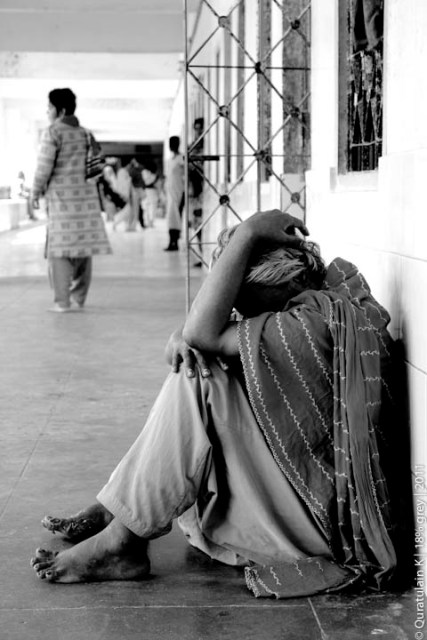
I met Sister Farzana on my first visit, who was kind enough to show me around and introduce me to some of the residents. I was then introduced to Sadia who, along with being a resident also taught the young girls from 9:00 am till 12:00 pm every Monday till Saturday. A 35-year-old woman with a double Masters from the University of Karachi, Sadia was abandoned by her brothers after her father passed away. Sadia has no regrets with life:
I feel it was meant for me to be here. I am blessed to have earned the power of education and knowledge and I feel lucky to be given the responsibilities of these younger ones. Educating them makes me feel good about my self. I now seldom think about how different life could have been for me. By the end of class we all pray together and thank our Almighty for all his blessings.
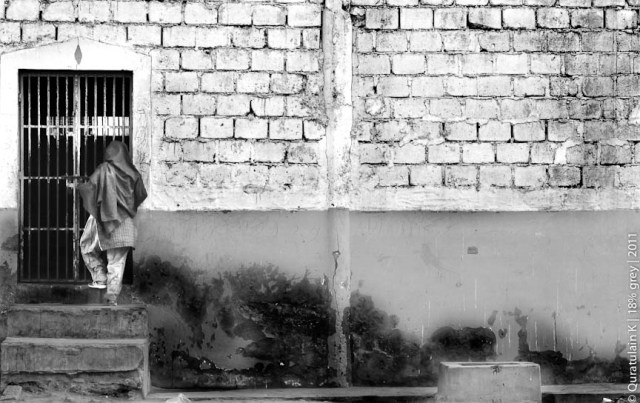
While I felt proud of Sadia for having such courage and optimism, my heart was shattered the following week when I visited the children’s ward. The younger one’s with whom I had had a brief interaction earlier were very eager to have some more photographs taken. I refrained from discussing their families and just concentrated on getting to know them better. I was also awarded a title - 'teacher madam Annie baji'. The little one’s showed off their best joras and upon my request they even demonstrated playing their favourite game, chai ki piyali poshum, poshum. They were laughing, giggling and excited at being photographed and I was pleasantly surprised to see quite a few talented young girls.
Seeing, those beautiful little angels so full of life was overwhelming. But entering the babies’ section was a different experience altogether. Standing alone in the corner near a curtain with her eyes closed was Saim, a four-year-old girl who no sight or hearing by birth and hence never spoke.
“It was due to this disability that her parents left her but promise to come for a visit from time to time," said Sister Farzana as she caught me silently watching Saima.
“How frequent are these visit?” I asked.
“She’s been here since birth and her parents just came thrice during her very early days. Since then there has been no contact.” “Life goes on you see.” She added bitterly.
There are a million stories all boxed inside one home. Some have been abandoned by their family due to financial constraints, some have been left by in-laws due to failure in producing a child or more specifically a son. The little one’s have been left by step-mothers or women who refused to bring up an illegitimate child; the older women were abandoned by their own children who refused to take further responsibility.
In the older women’s section, I met a lot of ladies for whom time seemed to have stopped. They showed me around their rooms and kept mentioning that their children would come and get them soon. Most of them have been living there for over 15 years.
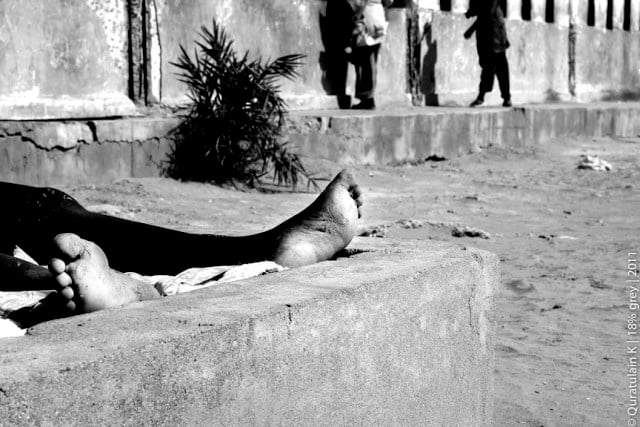
A little further up from the older women’s section along the corridor in the very last section are the rooms where mentally challenged women and children are kept. Some women who have committed more than five murders were chained, in order to protect other residents. I wasn’t permitted to visit that area but one does wonder what drove these women to commit those murders. Some women, who were permitted in a perfectly sane condition, ultimately became frustrated and injured themselves by biting into their own flesh.
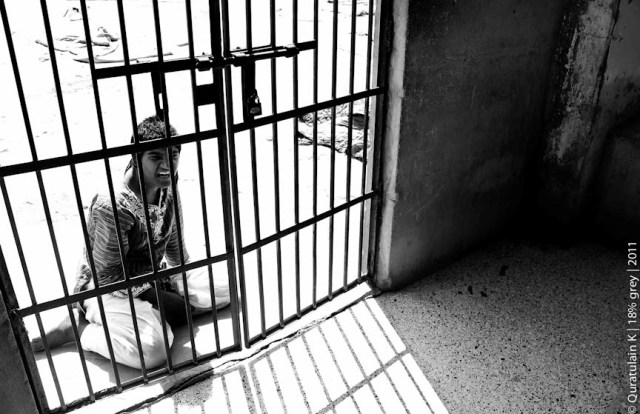
The most interesting people I met were Darakshan (more fondly called dost ) and Yasmeen who I was told were mentally challenged but have been residing there for over 18 years. The two ladies are in charge of gate-keeping and reception respectively.
It was great to see those two so tactfully managing administration like it was a part of their home. They both come from very influential industrialist families based in Faisalabad, and were abandoned after their families discovered that they were mentally challenged.

Sister Farzana also helps the girls with recitation of the Holy Quran everyday from 4:00 pm till 5:30 pm. Dinner is served shortly after that, which officially concludes the day. A new day begins at 7:00 in the morning and breakfast goes on till 8:00, after which the girls get ready for school with Sadia.
During this time, the older women are given different responsibilities, which they do quite diligently. The younger ones, I was told, were married to boys residing in the men’s shelter and were also given quarters with respectable dowry to set up their space.
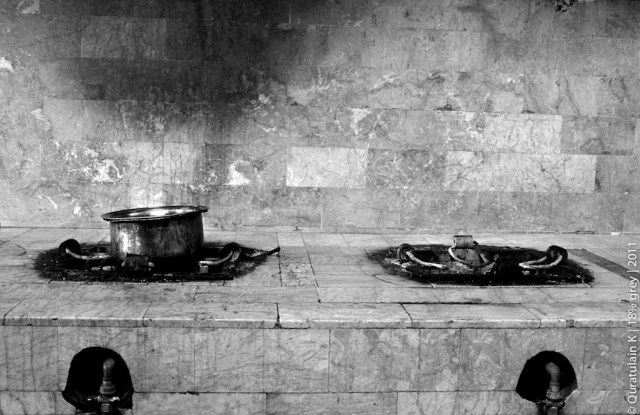
Madam Bilquis Edhi comes for a visit every Sunday. During holy festivals sheer khorma, meetha pan and soft drinks are served to everyone.
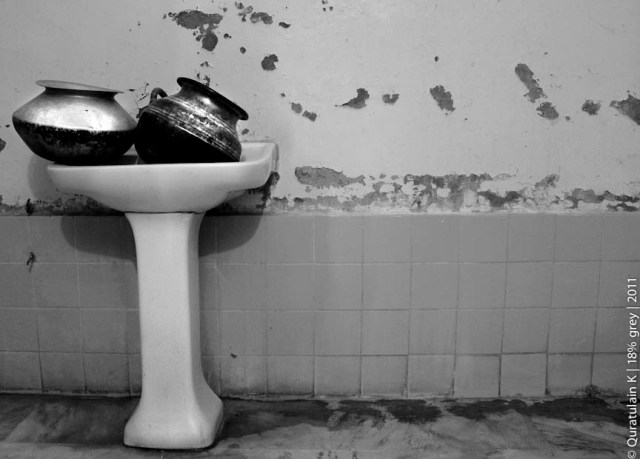
At the entrance of the shelter you can see a small cradle where people from all walks of life leave a baby in the middle of the night to let others decide its fate. We do not know what the reasons for their actions are but one can’t help but wonder how blameless an unborn child is.

Are you interested in sharing your images on The Express Tribune Blogs? Write to us on blog@tribune.com.pk.

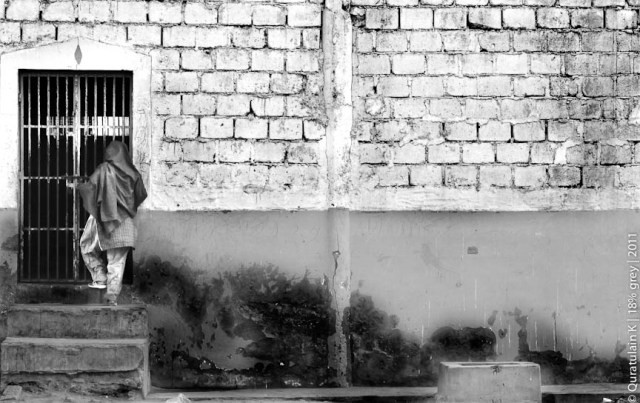

COMMENTS
Comments are moderated and generally will be posted if they are on-topic and not abusive.
For more information, please see our Comments FAQ